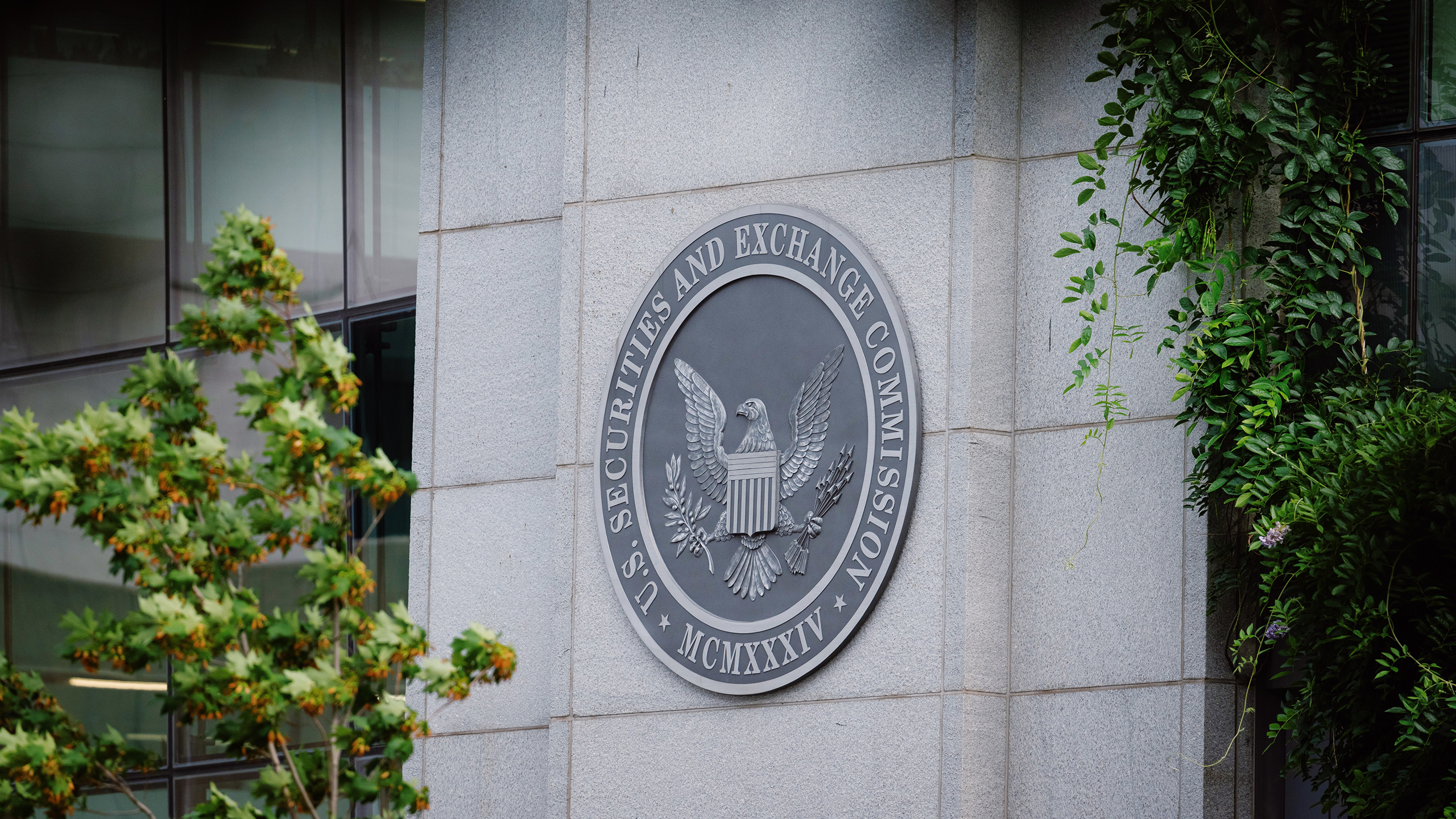What’s Inside the SEC’s Latest Crypto ETF Guidance
The agency’s new guidelines focus on disclosures around price fluctuations and market manipulation, among other common concerns.

Sign up for exclusive news and analysis of the rapidly evolving ETF landscape.
After more than a year of watching crypto ETFs run amok on the playground, regulators have finally shown up with a juice box and some ground rules.
The Securities and Exchange Commission rolled out some of its most detailed guidance yet for crypto exchange-traded products last week, zeroing in on risks relating to price volatility, potential hacks and market manipulation. The agency reported finding common misunderstandings in new crypto ETF filings and asked issuers to be much more specific about custody, including how they’re protecting private keys and whether they’re using cold, warm or hot storage. As assets in Bitcoin funds topped $131 billion last week, the new guidance is a clear signal that it’s finally time for crypto funds to put on the training wheels.
“This isn’t about slowing down innovation,” said Aisha Hunt, a principal at the law firm Kelley Hunt. “It’s about forcing a shift from boilerplate to substance.”
Stick a Fork in It
Interest in crypto ETFs has skyrocketed since the launch of the record-breaking iShares Bitcoin Trust ETF (IBIT) in January of last year. There are now dozens of new fund filings before the SEC, and some funds that track smaller coins, like Solana, are already trading. Along with a “plain English” overview of the trust, the agency said prospectuses should also include information regarding:
- Incidental rights, including “forks, airdrops, or similar events,” that either split the networks or produce more coins for investors.
- The fact that underlying crypto per share will decline as assets are sold to pay fees and expenses.
For investors, it raises the bar for transparency and should help advisors and their clients better understand how new crypto products are operating. For issuers, it can help streamline the approval process. “It’s a wake-up call to rethink disclosure as an ongoing risk management function,” Hunt told ETF Upside. “The SEC wants issuers to show they actually understand, and can communicate, the unique operational and market risks of crypto assets.”
Can I Drive? The SEC’s shift from a more oppositional stance under former chairman Gary Gensler to a more accepting framework under Atkins doesn’t mean the agency is taking its hands off the wheel, Hunt added. Instead, it may be proof that regulators are beginning to take these products much more seriously. “If anything, the approval wave created a new urgency to tighten guardrails,” she said. “The message is clear: Permission doesn’t mean passivity.”











